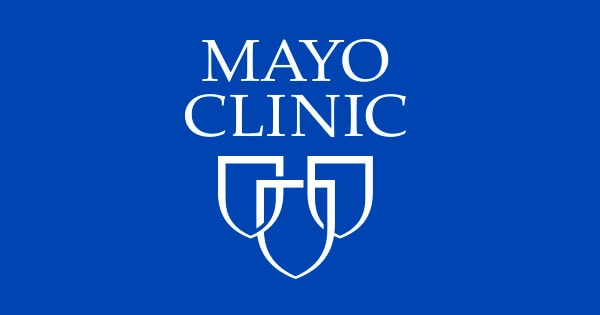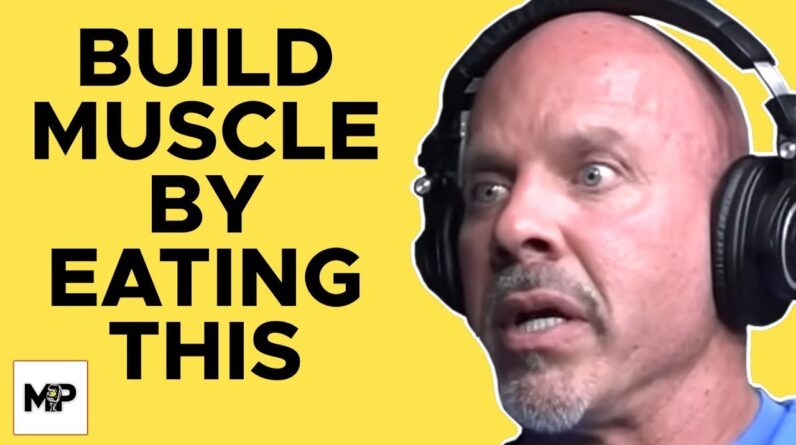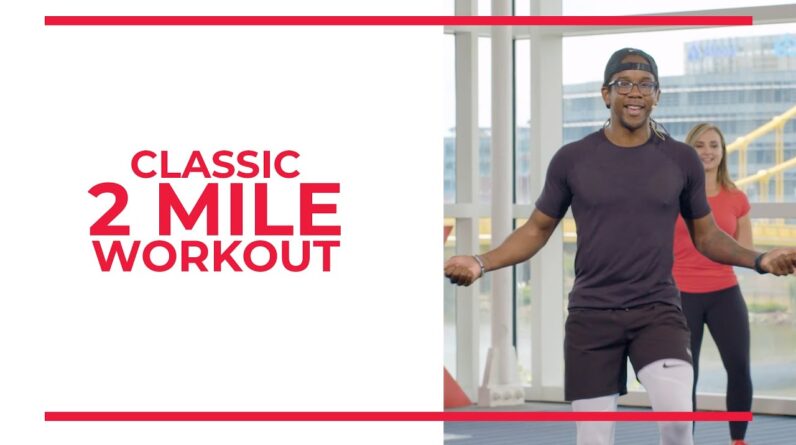
Exercise helps ease arthritis pain and stiffness
When starting an arthritis exercise program, know what to do and how much to do for best results.
Everyone needs exercise, but it’s especially important for people with arthritis. Exercise increases strength and makes moving easier. Exercise reduces joint pain and helps fight tiredness.
Of course, when joints are stiff and painful, the thought of walking around the block or swimming a few laps might seem like too much. There’s no need to run a marathon or swim for miles. Even moderate exercise can ease pain and help you stay at a healthy weight. In short, when arthritis tries to slow you down, exercise can keep you moving.
Why exercise is needed
The right kinds of exercise can improve health and fitness without hurting joints. Combined with a treatment program, exercise can add to quality of life. And it can:
- Strengthen muscles around joints.
- Help maintain bone strength.
- Increase energy.
- Make it easier to sleep well.
- Help control weight.
- Improve balance.
- Improve mood.
Bones need strong muscles for support. Not exercising weakens those supporting muscles. Weak muscles put more stress on joints.
Check with your health care provider first
Talk to your care provider about making exercise a part of your treatment. The best exercises depend on the type of arthritis and which joints the arthritis is in. A member of your health care team, such as a physical therapist, can work with you to find the exercise plan that’s best for you.
Exercises for arthritis
Exercises for arthritis might include exercises that put joints through their full range of motion and strengthening exercises. Exercise that raises heart rate, known as aerobic exercise, is also important.
Range-of-motion exercises
These exercises lessen stiffness and put joints through their full range of motion. Examples of these exercises are stretching arms up high or rolling shoulders forward and backward. Most of these exercises can be done every day.
Strengthening exercises
These exercises help build strong muscles that can support and protect the joints. Weight training is an example of exercise that can help build and keep muscle strength. Using resistance bands, hand weights or machines can help build strength.
Weight training should be done every other day for at least two days a week. It should include all the major muscles in the body.
Guide to stretches
Strength training: How-to video collection
Aerobic exercise
Exercises that raise heart rate, known as aerobic exercises, help with overall fitness. They can improve heart and lung health, help control weight, and increase energy.
Examples of aerobic exercises that are easy on joints include walking, bicycling, swimming and water aerobics. Try to work up to 150 minutes of somewhat hard aerobic exercise every week. You can exercise 10 minutes at a time if that’s easier on your joints.
It’s best to do moderate aerobic activity most days of the week. But even a couple of days a week can help. Exercise at a rate at which breathing is harder than usual while still being able to talk.
Other activities
Any movement, no matter how small, can help. Daily activities such as mowing the lawn, raking leaves and walking the dog count.
Exercises that focus on how the body moves, such as gentle forms of yoga or tai chi, also can help. They can improve balance and posture, prevent falls, and ease tenseness.
If you’re in an exercise class, tell your teacher about your arthritis. Listen to your body. Don’t do anything that causes pain.
Tips to protect your joints
If you haven’t exercised in a while, start slowly. Don’t push yourself too hard — that can overwork muscles and make joint pain worse.
Consider these tips:
- Keep the impact low. Low-impact exercises help keep joint stress low while you move. Examples include stationary or recumbent bicycling, elliptical trainer workouts, or exercise in the water.
- Use heat. Heat can relax joints and muscles and lessen pain before exercise. Deliver the heat with warm towels, hot packs or a shower. The temperature should be warm, not painfully hot. Use for about 20 minutes.
- Move gently. Move joints gently at first to warm up. You might begin with range-of-motion exercises for 5 to 10 minutes before you move on to strengthening or aerobic exercises.
- Go slowly. Exercise with slow and easy movements. If you feel pain, take a break. Sharp pain and pain that’s worse than the usual joint pain might mean something is wrong. Slow down if you see swelling or redness in your joints.
- Ice afterward. Use ice on your joints for up to 20 minutes as needed after activity. This is even more important if your joints are swollen.
Listen to your body. Don’t push too hard. Build up slowly. Add more and harder exercise as you get stronger.
Don’t overdo
You might feel some pain and stiffness after exercise if you haven’t been active for a while. In general, if pain lasts more than two hours after exercise, you might be pushing too hard. You might need to exercise less often or for less time. Talk to your health care provider about how to know when pain is a sign of something more serious.
If you have rheumatoid arthritis, ask your provider if you should exercise during flares. You might work through your joint flares by doing only range-of-motion exercises. Or you might exercise in water. Even during a flare, it’s good to keep your body moving.
Exercise programs for people with arthritis
Check with your care provider about exercise programs in your area for people with arthritis. Some hospitals, clinics and health clubs offer special programs.
The Arthritis Foundation offers exercise programs around the United States for people with arthritis. Contact your local branch for more information.
From Mayo Clinic to your inbox
Sign up for free and stay up to date on research advancements, health tips, current health topics, and expertise on managing health. Click here for an email preview.
To provide you with the most relevant and helpful information, and understand which information is beneficial, we may combine your email and website usage information with other information we have about you. If you are a Mayo Clinic patient, this could include protected health information. If we combine this information with your protected health information, we will treat all of that information as protected health information and will only use or disclose that information as set forth in our notice of privacy practices. You may opt-out of email communications at any time by clicking on the unsubscribe link in the e-mail.
Thank you for subscribing!
You’ll soon start receiving the latest Mayo Clinic health information you requested in your inbox.
Sorry something went wrong with your subscription
Please, try again in a couple of minutes
Sept. 21, 2023
- Exercise and arthritis. American College of Rheumatology. http://www.rheumatology.org/practice/clinical/patients/diseases_and_conditions/exercise.asp. Accessed Oct. 28, 2022.
- Physical Activity Guidelines for Americans. 2nd ed. U.S. Department of Health and Human Services. https://health.gov/our-work/physical-activity/current-guidelines. Accessed Oct. 28, 2022.
- Benefits of exercise for osteoarthritis. Arthritis Foundation. https://www.arthritis.org/health-wellness/healthy-living/physical-activity/getting-started/benefits-of-exercise-for-osteoarthritis. Accessed Oct. 28, 2022.
- Physical activity for arthritis. Centers for Disease Control and Prevention. https://www.cdc.gov/arthritis/basics/physical-activity-overview.html. Accessed Oct. 28, 2022.
- Managing arthritis pain with exercise. American Academy of Orthopaedic Surgeons. https://orthoinfo.aaos.org/en/treatment/managing-arthritis-pain-with-exercise/. Accessed Oct. 28, 2022.
.








